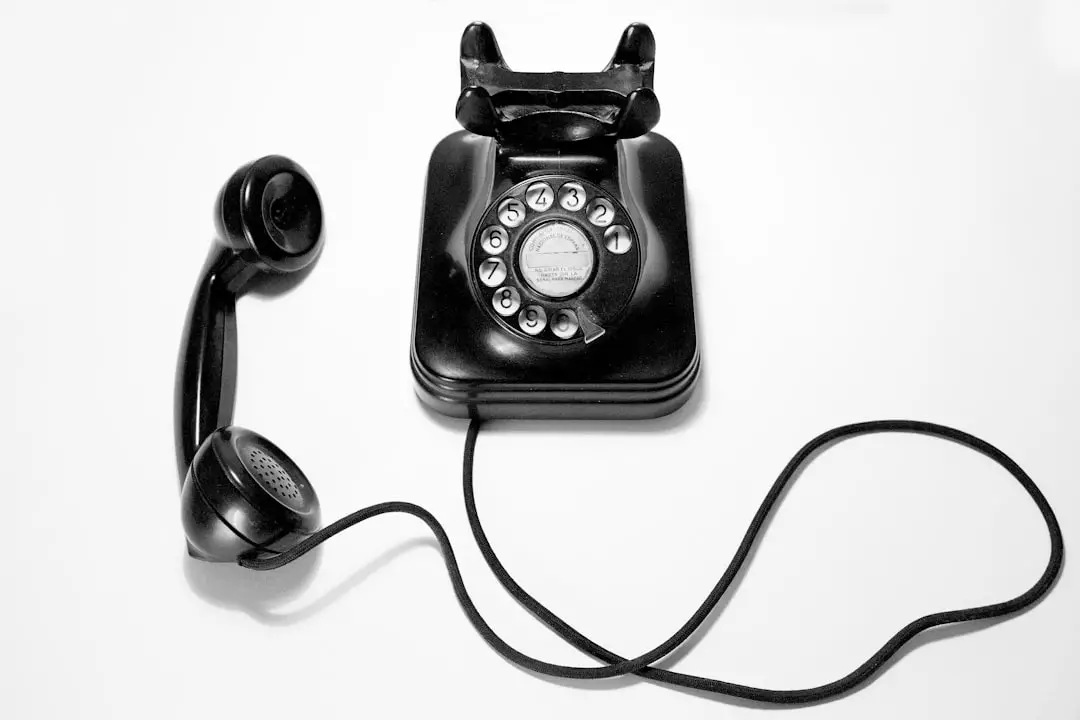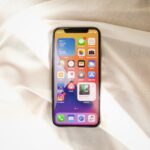In an increasingly interconnected world, the ability to track devices has become a significant concern for many users. The need to locate a lost or stolen phone, keep tabs on family members, or simply ensure the safety of loved ones has led to the development of various tracking solutions. For iPhone users, tracking an Android phone may seem daunting due to the differences in operating systems.
However, with the right tools and knowledge, it is entirely feasible to monitor the location of an Android device from an iPhone. This article delves into the various methods available for tracking Android phones, highlighting both third-party applications and built-in features that can facilitate this process. The importance of tracking devices extends beyond mere convenience; it encompasses safety and security as well.
Parents often wish to keep an eye on their children’s whereabouts, while businesses may need to monitor company-issued devices. Regardless of the reason, understanding how to effectively track an Android phone from an iPhone can provide peace of mind. This article will explore several methods, including third-party apps, built-in features on Android devices, and Google’s own services, ensuring that users have a comprehensive understanding of their options.
Key Takeaways
- Tracking Android phones from an iPhone is possible using various methods and apps.
- Third-party tracking apps offer advanced features and customization options for tracking Android phones.
- Built-in features on Android phones, such as Find My Device, provide basic tracking capabilities.
- Google’s Find My Device feature allows users to track their Android phones using a web browser.
- Family Sharing on iOS devices can be used to track and locate Android phones of family members.
- Location sharing apps can be used to track Android phones in real-time, but privacy and security should be carefully considered.
- It is important to ensure privacy and security when tracking Android phones to protect personal information.
- In conclusion, tracking Android phones from an iPhone is possible through various methods, but it is important to prioritize privacy and security.
Using Third-Party Tracking Apps
One of the most effective ways to track an Android phone from an iPhone is through the use of third-party tracking applications. These apps are designed specifically for location tracking and often come with a variety of features that enhance their usability. Popular options include Life360, Glympse, and Geo Tracker, each offering unique functionalities that cater to different user needs.
For instance, Life360 is particularly well-suited for families, allowing users to create private groups where they can share their locations in real-time. This app not only provides location tracking but also includes features like driving reports and emergency alerts. To use a third-party app effectively, both the iPhone and the Android device must have the application installed.
Once set up, users can easily track the location of the Android phone from their iPhone. Most of these apps require permission from the Android user to share their location, ensuring that privacy is respected. Additionally, many of these applications offer cross-platform compatibility, meaning that they can be used seamlessly between different operating systems.
This flexibility makes them an attractive option for families or groups with mixed devices.
Utilizing Built-In Features on Android Phones

In addition to third-party applications, Android phones come equipped with built-in features that can assist in tracking their location. One such feature is Google’s location services, which utilize GPS technology to provide accurate location data. Users can enable location sharing directly through their Google account settings, allowing others to view their real-time location.
This feature is particularly useful for individuals who want to share their whereabouts with trusted contacts without relying on external applications. To utilize this built-in feature, the Android user must navigate to their Google account settings and enable location sharing. They can then select specific contacts with whom they wish to share their location.
Once set up, an iPhone user can access this information through a web browser or by using Google Maps if they have been granted permission. This method not only provides real-time tracking but also allows for easy access to location history, making it a robust solution for those who prioritize privacy and security.
Using Google’s Find My Device Feature
| Metrics | Data |
|---|---|
| Number of devices located | 10 |
| Accuracy of location | Within 20 meters |
| Number of devices remotely locked | 5 |
| Number of devices remotely erased | 3 |
Google’s Find My Device is another powerful tool for tracking Android phones, and it can be accessed from any device with internet connectivity, including an iPhone. This feature is particularly beneficial in situations where a phone has been lost or stolen. By logging into the Google account associated with the Android device, users can locate their phone on a map, make it ring, or even remotely lock or erase its data if necessary.
To use Find My Device effectively, the Android user must have location services enabled and must have previously activated the feature in their device settings. Once these conditions are met, locating the device becomes straightforward. The iPhone user simply needs to visit the Find My Device website and log in with the appropriate Google credentials.
This service not only provides real-time tracking but also offers additional security measures that can help protect sensitive information in case of theft.
Tracking Android Phones with Family Sharing
Family Sharing is a feature that allows users to share locations among family members across different devices. While primarily associated with Apple devices, there are ways to implement similar functionality when tracking an Android phone from an iPhone. By utilizing apps like Life360 or Google Maps’ location sharing feature, families can create a cohesive network where each member’s location is visible to others.
Setting up Family Sharing requires cooperation from all parties involved. Each family member must agree to share their location and install any necessary applications on their devices. Once established, this system provides a convenient way for family members to stay connected and informed about each other’s whereabouts.
It fosters a sense of security, especially for parents who wish to monitor their children’s movements without being intrusive.
Employing Location Sharing Apps

Location sharing apps have gained popularity due to their versatility and ease of use. These applications allow users to share their real-time location with friends and family members seamlessly. Apps like Glympse and Find My Friends (now integrated into Apple’s Find My app) enable users to send temporary location updates without requiring extensive setup or technical knowledge.
To use these apps effectively, both the iPhone user and the Android user must download the same application and create accounts. Once set up, users can send location requests or share their current position with one another. This method is particularly useful for coordinating meetups or ensuring safety during travel.
The temporary nature of these location shares also adds a layer of privacy, as users can choose when to share their whereabouts and for how long.
Ensuring Privacy and Security
While tracking devices can provide numerous benefits, it is essential to consider privacy and security implications carefully. Users must ensure that they have explicit consent from individuals whose locations they wish to track. Many tracking applications require permission before sharing location data, which serves as a safeguard against unauthorized tracking.
Moreover, users should be aware of the potential risks associated with sharing personal information online. It is advisable to use reputable applications with strong privacy policies and data protection measures in place. Regularly reviewing app permissions on both iPhones and Android devices can help maintain control over what information is shared and with whom.
Additionally, enabling two-factor authentication on accounts associated with tracking services can further enhance security by adding an extra layer of protection against unauthorized access.
Conclusion and Final Thoughts
The ability to track an Android phone from an iPhone opens up a world of possibilities for users seeking peace of mind regarding their loved ones’ safety or the security of their devices. With various methods available—from third-party applications to built-in features—users can choose the solution that best fits their needs while ensuring privacy and security are prioritized throughout the process. As technology continues to evolve, so too will the tools available for tracking devices, making it essential for users to stay informed about their options and best practices in this ever-changing landscape.
If you are looking for more information on how to track an Android phone from an iPhone, you may want to check out the article on GetiPhoneInfo. This website provides detailed guides and tips on various iPhone-related topics, including tracking Android devices. You can also learn more about the authors and contributors behind the site by visiting the About page. Additionally, you can review their privacy policy to ensure your data is protected while using their resources by visiting Privacy Policy.
FAQs
What is the purpose of tracking an Android phone from an iPhone?
Tracking an Android phone from an iPhone can be useful for locating a lost or stolen device, keeping tabs on a family member’s whereabouts, or monitoring the usage of a company-issued phone.
What are the methods for tracking an Android phone from an iPhone?
There are several methods for tracking an Android phone from an iPhone, including using built-in features such as Find My Device for Android and Find My iPhone for iOS, as well as third-party tracking apps and services.
How does Find My Device for Android work?
Find My Device is a built-in feature on Android phones that allows users to locate, ring, lock, and erase their device remotely. It requires the phone to be connected to the internet and have location services enabled.
How does Find My iPhone work?
Find My iPhone is a built-in feature on iOS devices that allows users to locate, play a sound on, lock, and erase their device remotely. It requires the iPhone to be connected to the internet and have location services enabled.
What are some third-party tracking apps for Android and iPhone?
There are several third-party tracking apps available for both Android and iPhone, such as mSpy, FlexiSPY, and Spyzie. These apps offer additional features beyond basic location tracking, such as call and message monitoring.
Are there any legal considerations when tracking an Android phone from an iPhone?
It is important to note that tracking someone else’s phone without their consent may be illegal in some jurisdictions. It is always best to obtain permission before tracking someone else’s device, especially in a non-emergency situation.










